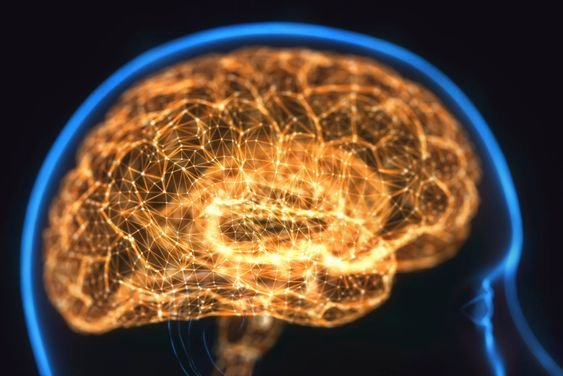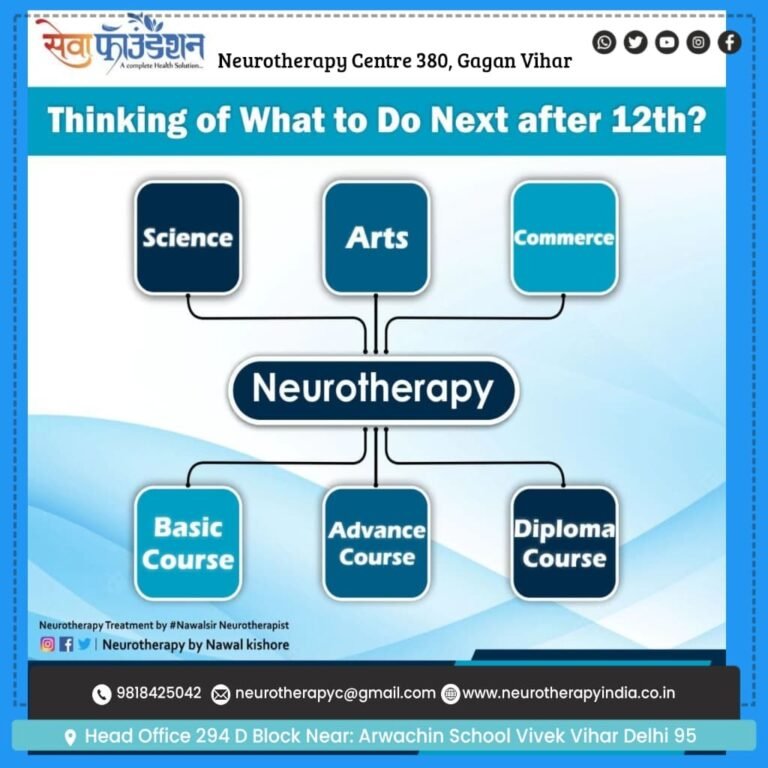Neurofeedback: A Closer Look At The Revolutionary Neurotherapy Technique
In the realm of innovative therapeutic approaches, neurofeedback has emerged as a groundbreaking technique, captivating the attention of researchers, clinicians, and individuals seeking enhanced mental well-being. Also known as EEG biofeedback, this form of Neurotherapy offers a unique avenue for individuals to gain insights into and regulate their brain activity. In this article, we will take a closer look at neurofeedback, exploring its principles, applications, and the transformative potential it holds for the field of mental health.
Understanding Neurofeedback: The Basics
Neurofeedback is a form of biofeedback that focuses on the brain’s electrical activity, as measured by electroencephalography (EEG). The fundamental principle behind neurofeedback is based on operant conditioning, a learning process that involves reinforcing desired behaviors. In the context of neurofeedback, individuals are trained to regulate their brainwave patterns by receiving real-time feedback on their EEG.
During a neurofeedback session, electrodes are placed on specific locations on the scalp to measure electrical activity in the brain. This information is then displayed on a monitor in the form of visual or auditory cues. The individual is prompted to engage in activities that encourage the desired brainwave patterns, such as increasing theta waves for relaxation or enhancing beta waves for focus and alertness.
The Neurofeedback Process: A Collaborative Effort
Neurofeedback is not a passive experience; it requires active participation from the individual undergoing the training. The collaboration between the individual and the neurofeedback practitioner is crucial for the success of the therapy. Sessions typically begin with an assessment of the individual’s symptoms, concerns, and goals. Based on this information, the practitioner designs a personalized neurofeedback protocol.
As the neurofeedback session progresses, the individual receives continuous feedback about their brainwave activity. This real-time information allows them to make conscious adjustments in their mental processes, gradually learning to self-regulate and optimize their brain function. Over time, this process can lead to positive changes in behavior, cognition, and emotional well-being.
Applications of Neurofeedback: From ADHD to Anxiety
Neurofeedback has shown promise in addressing a variety of mental health conditions and cognitive challenges. One notable application is in the treatment of Attention Deficit Hyperactivity Disorder (ADHD). Research suggests that individuals with ADHD often exhibit abnormal patterns of brainwave activity, and neurofeedback aims to normalize these patterns. Studies have reported improvements in attention, impulse control, and overall behavioral functioning in individuals with ADHD who undergo neurofeedback therapy.
Beyond ADHD, neurofeedback has been explored as a potential intervention for anxiety disorders. By training individuals to modulate their brainwave patterns associated with relaxation, neurofeedback seeks to reduce symptoms of anxiety and promote a sense of calm. Preliminary research indicates that neurofeedback may be a valuable adjunctive treatment for anxiety, offering a non-invasive and drug-free alternative.
Neurofeedback and Peak Performance: Unlocking Cognitive Potential
While neurofeedback has gained recognition for its therapeutic applications, it is also being explored in the realm of cognitive enhancement and peak performance. Athletes, executives, and individuals seeking to optimize their cognitive abilities are turning to neurofeedback as a tool for enhancing focus, concentration, and mental resilience.
Neurofeedback protocols for peak performance often target specific brainwave frequencies associated with optimal cognitive states. For example, training to increase beta waves may enhance alertness and cognitive processing speed, while promoting coherence in alpha waves can foster a state of relaxed focus. The idea is to tailor neurofeedback interventions to the individual’s goals, whether they are aiming to excel in sports, boost creativity, or improve cognitive function in a professional setting.
The Science Behind Neurofeedback: Neuroplasticity in Action
The efficacy of neurofeedback raises questions about the underlying mechanisms driving its success. At the core of neurofeedback’s impact is the concept of neuroplasticity – the brain’s ability to reorganize itself by forming new neural connections. Neurofeedback harnesses this inherent plasticity by guiding individuals to reshape their brainwave patterns through repeated practice and reinforcement.
As individuals engage in neurofeedback sessions and consciously modify their brain activity, the brain responds by adapting and optimizing its function. This dynamic process is not limited to the duration of the neurofeedback session; rather, it extends beyond, contributing to lasting changes in neural pathways and, consequently, behavior and cognition.
Critiques and Controversies: Navigating the Landscape of Neurofeedback Research
While neurofeedback has garnered enthusiasm for its potential, it is not without its skeptics and controversies. Some critics argue that the evidence supporting the efficacy of neurofeedback is not yet robust enough to justify its widespread adoption. Research in the field is ongoing, and the diversity of neurofeedback protocols and individual variability in treatment responses add complexity to the interpretation of results.
Furthermore, the placebo effect and the role of client expectations in neurofeedback outcomes are subjects of ongoing investigation. It is essential to acknowledge the need for further rigorous research, standardized protocols, and a deeper understanding of the mechanisms underlying neurofeedback’s effects.
The Future of Neurofeedback: Innovations and Integration
As neurofeedback continues to evolve, researchers and practitioners are exploring new frontiers in technology and treatment modalities. Virtual reality (VR) neurofeedback, for instance, integrates immersive experiences with real-time brainwave monitoring, offering a more engaging and dynamic training environment. The potential of combining neurofeedback with other therapeutic approaches, such as psychotherapy or pharmacotherapy, is also being explored to enhance treatment outcomes.
In the future, neurofeedback may become more accessible through home-based devices and mobile applications, allowing individuals to engage in brain training remotely. However, careful consideration must be given to the ethical implications, privacy concerns, and the need for professional guidance in the use of such technologies.
Conclusion: Empowering Minds Through Neurofeedback
Neurofeedback stands at the intersection of neuroscience, psychology, and technology, offering a unique and personalized approach to mental health and cognitive optimization. While research into its mechanisms and applications is ongoing, the growing body of evidence suggests that neurofeedback holds significant promise as a revolutionary neurotherapy technique.
By harnessing the principles of operant conditioning and capitalizing on the brain’s remarkable ability to adapt, neurofeedback empowers individuals to take an active role in shaping their mental well-being. As the field continues to advance, neurofeedback may become a mainstream intervention, contributing to a future where personalized brain training is a cornerstone of mental health and cognitive enhancement.








